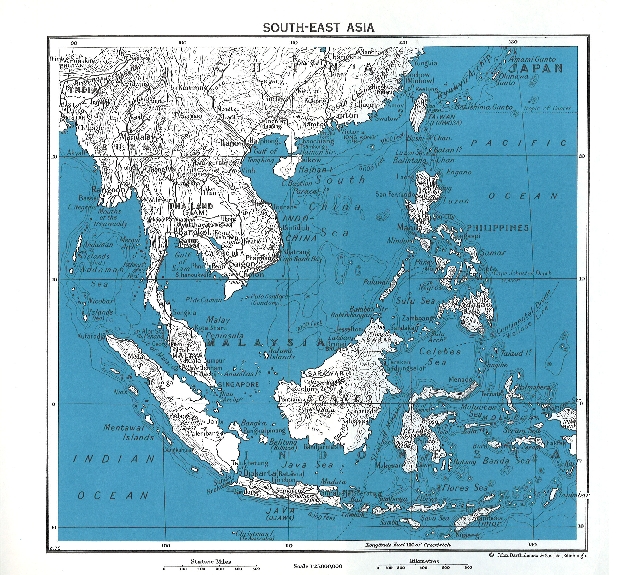Last week I taught the final class of an ambitious unit covering the history of Southeast Asia from c.990 to c.1990. The last class is designed to get everyone debating the impact of Western imperialism on the region. We discussed the material changes engendered by it, the shifts in Southeast Asian cultures and societies, and the legacies on history writing itself. However, what I had not anticipated was a gendered response to the discussion.
I try to embed gender history into all of my units because I firmly believe that it sharpens essential critical skills for aspiring historians. Conceptualising gender as something socially constructed, and thus subject to change over time, opens up new topics whilst encouraging students to interrogate their assumptions about what is innate about people’s identities. But taking into account the gender dynamics of my classes in my teaching practice was something that I had’t previously given enough serious consideration.
There were roughly thirty students in the class. I divided them into groups of between 5 and 6, gave them a marker pen, two sheets of A2 paper, and some blue-tack. I asked them to write down what they felt to be the biggest impact of Western imperialism on Southeast Asia and explain: 1) why they selected it; 2) how it changed Southeast Asian societies; and 3) where and when they could identify these changes occurring. Once they had done this, they blue-tacked the sheets up on the wall and we discussed them.
The discussion was brilliant. Their ideas were clear and thought through. In short, I was well pleased with them. But I couldn’t help but notice the different responses from my male students and female students. I had let them form their own groups. Three of the six groups were entirely male, the rest were had only one male student in each of them. The male-only groups immediately chose ‘economic change’ as their first impact, discussing early modern mercantilism, and greater dependence on global capitalism from the nineteenth century, as processes that altered the socio-political context for Southeast Asians’ agency. The female-majority groups each chose ‘transformed identity’ as their first impact, discussing the ossification of notions of ethnicity and the related rise in nationalisms as creative Asian responses to colonisation.
I don’t wish to read too much into this division. This might have been a one-off response. But I do suspect a gendered divide between students favouring ‘economic’ approaches over ‘cultural’ ones might indicate a general trend. It certainly appears to have been a factor in the selection of essay titles. This emphatically does not show that a certain gender is more predisposed to study certain subjects – this would be a profoundly simplistic, reductive and essentialising conclusion. Instead, I think these responses were about students unconsciously performing their genders in the class. Students acting male by raising an issue they perceive to be masculine. I admit that this is rather speculative, and I’m sure that there has been some good research into these pedagogical issues (please let me know of any!). Nevertheless, next time I will probably mix up the groups to see if the debates and discussions change.
